An economical and effective way to travel in Tohoku is the JR East Tohoku Pass, valid for five consecutive days and costing JPY20,000.
Day 1, Sendai
One day in Sendai can be quite full if you use the Sendai Loop Bus, which travels around the city, making stops at many places of interest. A one-day pass costs JPY620 and the bus stop is located next to Exit South 4.
Significant places that the bus visits include the Mausoleum Zuihoden of the founder of Sendai, Date Masamune, Mount Aoba, crowned with an equestrian monument of Masamune, and the 17th century Shinto shrine, Osaka Hachimangu. The bus runs until 4pm. In the evening, you can visit the free observation deck at the AER Building located near the train station, as well as walk along the roofed shopping street Hirose-dori with all kinds of shops and restaurants. A popular Sendai souvenir is a kokeshi wooden painted doll while the local specialty is gyutan, or grilled beef tongue. For desserts, zunda green soybeans are popular in Sendai.
Day 2-3, Aomori
From Sendai Station to Shin-Aomori Station, the Hayabusa shinkansen trip takes 1.5 - 2hrs. Aomori is well known for its grand Nebuta Matsuri festival held annually from the 2-7 August. In addition to traditional dances and taiko performances, giant platforms with figures up to 10 meters high make the festival a grandiose phenomenon.
Figures depicting legendary warriors, dragons, monsters and battle scenes are made of metal frames and paper; the multicolored figures look incredible with illumination from the inside. The opportunity to see the platforms and feel the spirit of the festival can also be found at the Nebuta Museum Wa Rasse located next to Aomori Station.
In Aomori you can get acquainted with the ancient Jomon period culture - 13,000 BC to 300 BC - at the Sannai Maruyama Site, where houses, utensils are recreated, as well as excavations of ancient settlements.
The city of Aomori is located on the shore of Mutsu Bay and close to the Sea of Japan, so its cuisine is famous for fresh fish and seafood. A guide to Aomori cuisine and Nokkedon fish market will help you make your choice.
Day 4, Hirosaki
You can take a day trip to Hirosaki from Aomori. From Aomori Station to Hirosaki Station, the train takes about 40 minutes.
Hirosaki Castle is included in the list of Important Cultural Heritage of Japan sites. The construction and fortification of the original Hirosaki Castle was completed in 1611 by daimyo Tsugaru Nobuhira. The main tower of the castle was originally a 5-storey one. In 1627, the tower was struck by lightning and an explosion of stored gunpowder caused a massive fire and damage. The castle was restored in 1811, with a new three-storey tower that is now the only one Edo period-built castle preserved in the Tohoku region.
Besides the main tower, the castle has three yagura towers and five gates. Currently, the castle, surrounded by ramparts, moats and rows of walls, occupies an area of 50 hectares. There is a garden with more than 2500 sakura trees. The garden is especially popular during hanami which, in Hirosaki, falls at the end of April - beginning of May. The Hanami Festival is held from April 23 to May 5. During hanami, the sakura trees are illuminated after dark, which creates a particularly magical look.
Next to the castle is the Tsugaru-han Neputa Mura Museum, which displays illuminated objects similar to those made for the Aomori Nebuta Matsuri. But Hirosaki has its own festiva, the Neputa Matsuri. The museum hosts workshops on painting kites, as well as folk music concerts. The museum is open daily from 9-530pm. Admission is JPY550.
Day 5, Hiraizumi
The fifth day is the last day to use the JR East Tohoku Pass, so you have to return to Tokyo. Along the way there is the opportunity to stop and explore another cultural heritage of Japan - the Hiraizumi temples.
The train journey from Shin-Aomori Station to Hiraizumi Station - with a transfer at Ichinoseki Station - will take a little more than 90 minutes. If leave at 6:49am, you can arrive in Hiraizumi at 9:03am.
During the Heian period (794-1185), the Fujiwara clan was the most powerful in Japan and in 1105, Hiraizumi was chosen as the residence of the northern branch of the clan. The city grew rapidly and prospered both in cultural development and political power. It was believed that Hiraizumi began to compete with Kyoto, the capital of the country. However, In 1189, Hiraizumi was destroyed by Minamoto no Yoritomo, who soon after became the first shogun of Japan. The city was never able to restore its former status. Now Hiraizumi is a small provincial town, but it has preserved some of the most valuable historical and cultural values of the Tohoku region, such as the Chuson-ji Temple, the place of death of Yoshitsune ‘Takadachi Gikeido’ and many other ancient temples located on the way to Chuson-ji.
Almost all of the temples close at 5pm, so you can safely return to Tokyo. A train ride from Hiraizumi to Tokyo, with a transfer in Ichinoseki, will take just over three hours.
Without the JR East Tohoku Pass, the whole trip would cost around JPY45,000... A huge saving, making the pass incredible value.

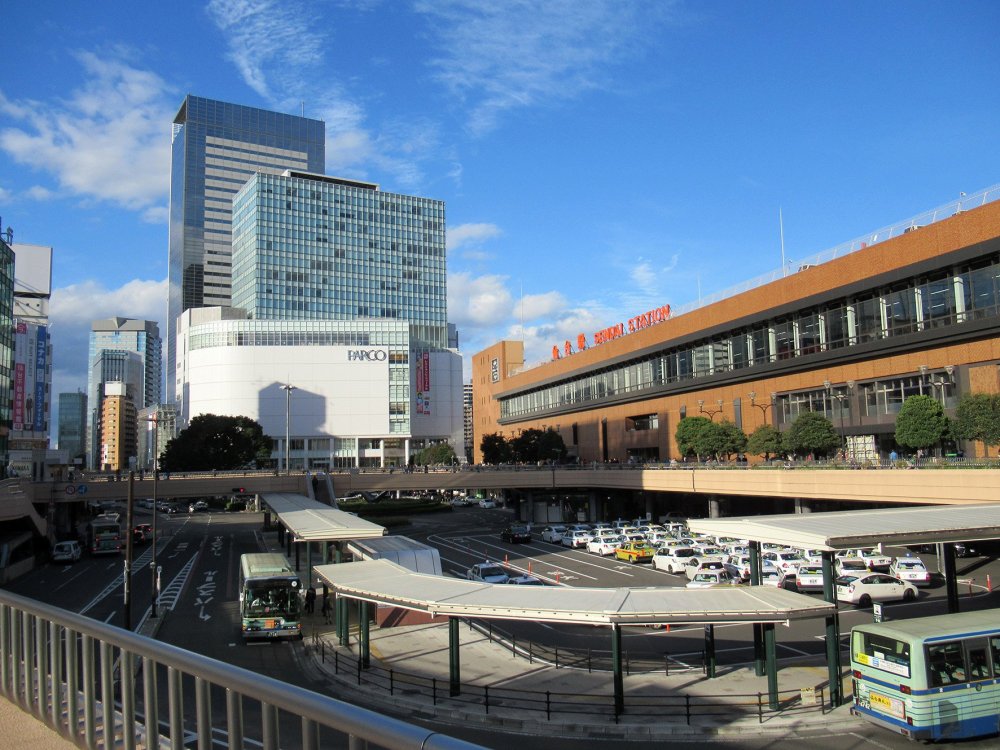




















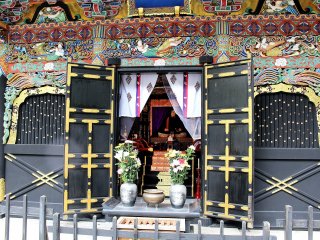
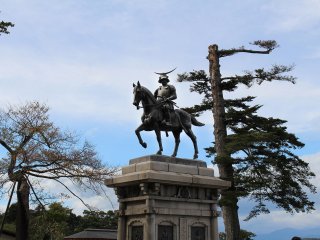
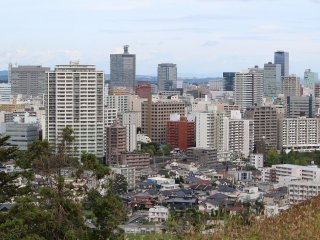




















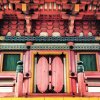

















I am smitten with Hiraizumi - the natural and historic sights there are impressive.